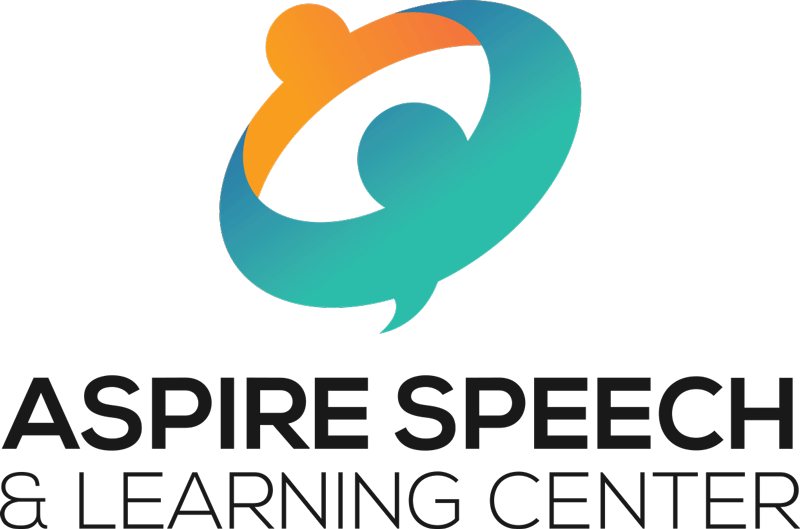This is a subject that I wager all parents hope never happens—but it does. Here is my experience from when I was 11 years old, having been in speech therapy for a lateral lisp:
Near the end of the first semester of therapy, my classroom teacher said, when I got up to give an oral report, “Patricia, why don’t you use your new “s” sound while you give your report?” I gulped and started reading…and everybody laughed…and kept laughing. I felt the tears well up in my eyes. My teacher said, “It’s all right—you can sit down if you like.” I said, “NO!” and finished my report. I finally sat down, and my 11-year-old self felt completely embarrassed and humiliated.
I never told my parents what had happened, and, looking back, I don’t think I was ever teased again about my speech. But that moment has stayed with me to this day, and it still hurts.
Today, depending upon the extent, it could be called “bullying.” How do you, as a parent, deal with it?
If this does occur, hopefully your child will confide in you. You will provide comfort, sympathy, talk with the teacher, and…what else?
Here is what you can do—and you can do it before teasing or bullying ever occurs—and nip a potential problem in the bud!
In providing therapy to children over the years, the most important part of the therapy for me was parent involvement. Ideally, the parent would sit in on the therapy sessions to see what was taking place and how it was taking place. I would ask the parent to provide a notebook (a spiral-bound notebook, lined or unlined, works) which would become the “Speech Book.” During the session, I would draw very simple pictures in the book, e.g., if working on production of /k/, the pictures would be car, cap, cup, etc. The child and I would practice these target sound and words during the session, with the parent watching. The child could color these pictures during the week, if desired. At other times during the day, the parent and child could identify items in the home or in the community that would begin with the target sound, e.g., cow, cat, cocoa. This approach can be used for language therapy as well as articulation therapy.
If the parent cannot be present for the therapy session, as in school therapy, the connection with the therapist can still be there. Ask the therapist for how you can help at home! Give the therapist a blank “Speech Book” to write in short instructions for how to practice at home!
What is key here is that the parent is asked to practice with the child every day for a short period, using the Speech Book—even five minutes a day would work! The important thing is the consistency of the practice, so that the skills worked on during the therapy session are reinforced and not lost. The result of this is that the period of time the child is involved in therapy is usually shorter, with “carry-over” into real-life situations (the ultimate goal) occurring faster.
Self-confidence in the child grows as ease in producing the “new sound” increases. Trust me—it works!

